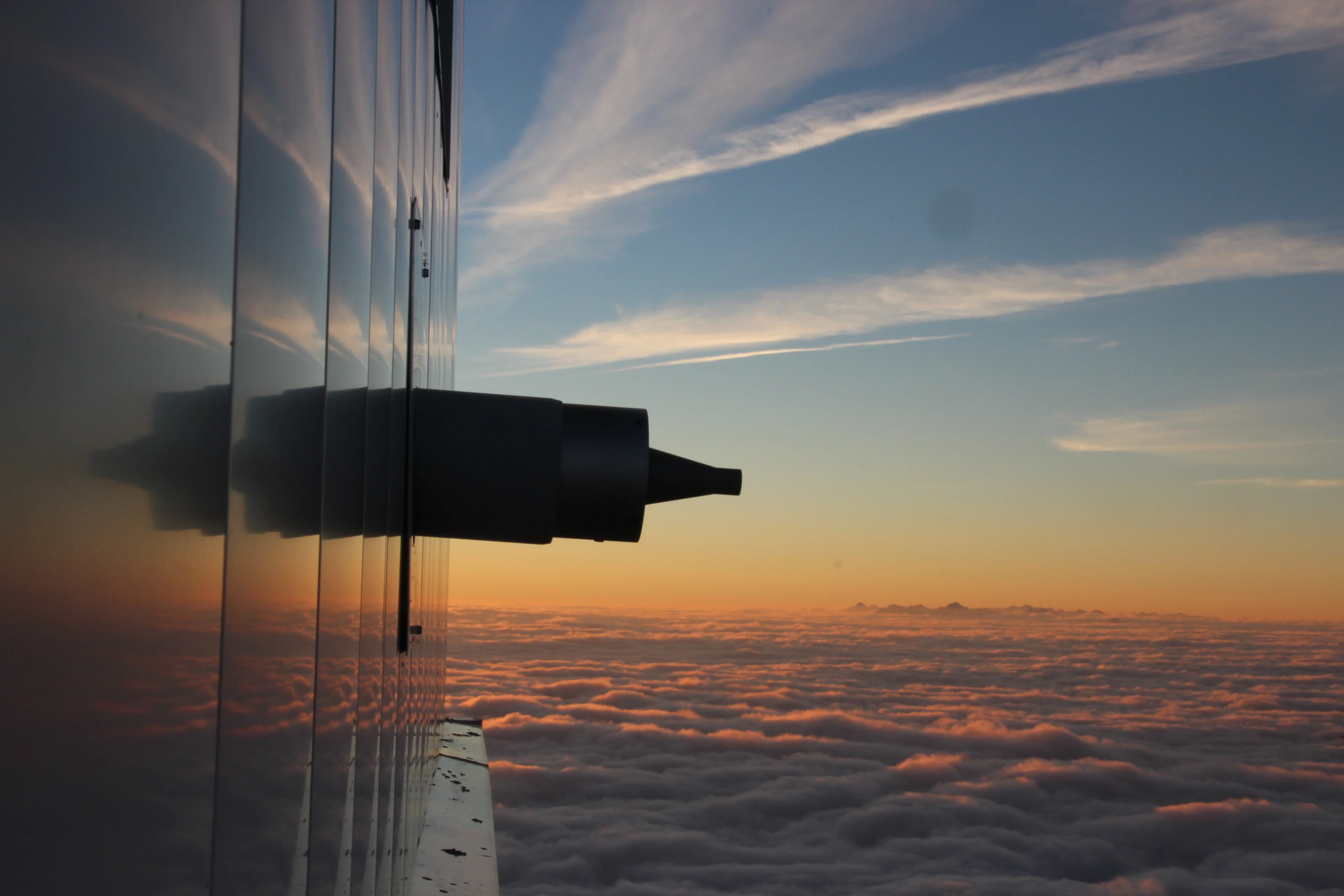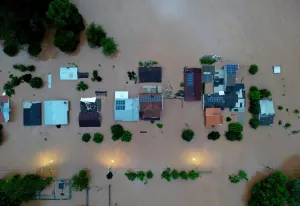
Microplastics found in 'pristine' air thousands of metres above sea level
Tiny fragments of plastic have been detected at a remote research station that is considered to be shielded from pollution.
Once again, scientists have noticed that microplastics are infiltrating a hyper-remote location. This time, it’s thousands of metres above sea level.
The Pic du Midi Observatory is located in the French Pyrenees at an elevation of 2,877 m, which makes this a remote location that would presumably be free of pollution. “Pic du Midi is defined as a clean station due to its limited influence by local climatic conditions or the environment,” the researchers stated in their study, which was published in Nature Communications.
A pump at the observatory collected 10,000 m³ of air each week and subsequent analysis revealed a microplastic concentration of approximately one particle per 4 m². The particles were originally part of plastic packaging and wind data revealed they might have originated in “locations across North Africa, Spain, Portugal, France, UK/Ireland and as far as the USA/Canada, as well as the Mediterranean and Atlantic Oceans.”

A fine particle pump at Pic du Midi. (Jeroen Sonke)
The study states that microplastic pollution is an emerging threat due to global atmospheric circulation patterns that are transporting these particles vast distances.
Other research has also documented the extensive journeys that microplastics can make. One analysis of London, England reported that microplastics originating in this city could travel up to 8,700 m².
Precipitation is another way that these small particles contaminate delicate ecosystems void of human activity. A 2020 study reported that 1,000 tons of microplastics, which is equivalent to over 123 million plastic water bottles, travel through the atmosphere and end up in protected areas in the western U.S. each year via rainfall.
Scientists say that there is still much to learn about how plastics disintegrate in ecosystems, and the effects this has on planets, animals, and human health. In September 2021, The Environmental Investigation Agency (EIA) released a report stating that humans have created 10 billion tonnes of plastic, of which six billion is currently in landfills or scattered as pollution across the planet.
Thumbnail credit: Jeroen Sonke











